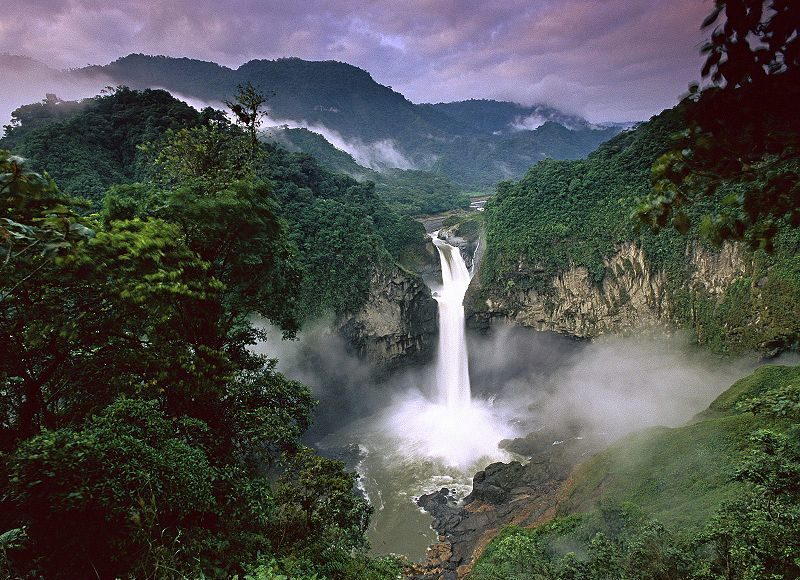 On 15 August Ecuadorean President Rafael Correa announced that he planned to allow drilling for oil in the Yasuní national park, an area of 982,000 hectares deep in Ecuador’s Amazon rainforest on the border with Peru. Correa’s announcement means the abandonment of his appeal to international donors to provide funding to compensate Ecuador for foregoing the area’s oil resources. The trust fund, set up with the UNDP in August 2010, has so far only received around US$13 million of the US$3.6 billion target. The area is home to the Huaroni people, and also to the Tagaeri-Taromenane, an indigenous people living in voluntary isolation, and also an area of rich biodiversity, and was declared a World Biosphere Reserves in 1989 by UNESCO. The UNDP website for the trust fund, known as Yasuní-ITT ( Ishpingo-Tambococha-Tiputini) has information and photos of the region and the project. The campaigning site SOS Yasuní has additional information about the context, and Ecuador’s previous experiences with oil exploitation.
On 15 August Ecuadorean President Rafael Correa announced that he planned to allow drilling for oil in the Yasuní national park, an area of 982,000 hectares deep in Ecuador’s Amazon rainforest on the border with Peru. Correa’s announcement means the abandonment of his appeal to international donors to provide funding to compensate Ecuador for foregoing the area’s oil resources. The trust fund, set up with the UNDP in August 2010, has so far only received around US$13 million of the US$3.6 billion target. The area is home to the Huaroni people, and also to the Tagaeri-Taromenane, an indigenous people living in voluntary isolation, and also an area of rich biodiversity, and was declared a World Biosphere Reserves in 1989 by UNESCO. The UNDP website for the trust fund, known as Yasuní-ITT ( Ishpingo-Tambococha-Tiputini) has information and photos of the region and the project. The campaigning site SOS Yasuní has additional information about the context, and Ecuador’s previous experiences with oil exploitation.
 While the project was widely hailed as a innovative scheme, Correa’s critics in Ecuador accuse him of never really being serious about the scheme, noting that he constantly mentioned his ‘Plan B’ for oil extraction. Former Mines and Energy minister Alberto Acosta claimed that Correa’s ‘constant changes of tack’ undermined international confidence, though he accepted that the German government’s failure to support the scheme had been very damaging. Supporters of the scheme, including the Ecuadorian indigenous coalition CONAIE, have called on the President to put the decision to a referendum, and the President has challenged them to range the signatures required to trigger this, from 5% of the population.
While the project was widely hailed as a innovative scheme, Correa’s critics in Ecuador accuse him of never really being serious about the scheme, noting that he constantly mentioned his ‘Plan B’ for oil extraction. Former Mines and Energy minister Alberto Acosta claimed that Correa’s ‘constant changes of tack’ undermined international confidence, though he accepted that the German government’s failure to support the scheme had been very damaging. Supporters of the scheme, including the Ecuadorian indigenous coalition CONAIE, have called on the President to put the decision to a referendum, and the President has challenged them to range the signatures required to trigger this, from 5% of the population.

